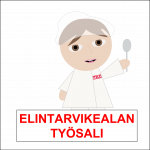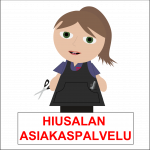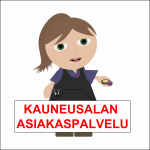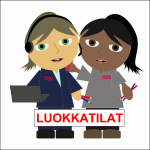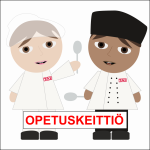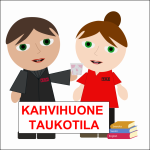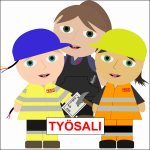What the goals and actions mean in practice
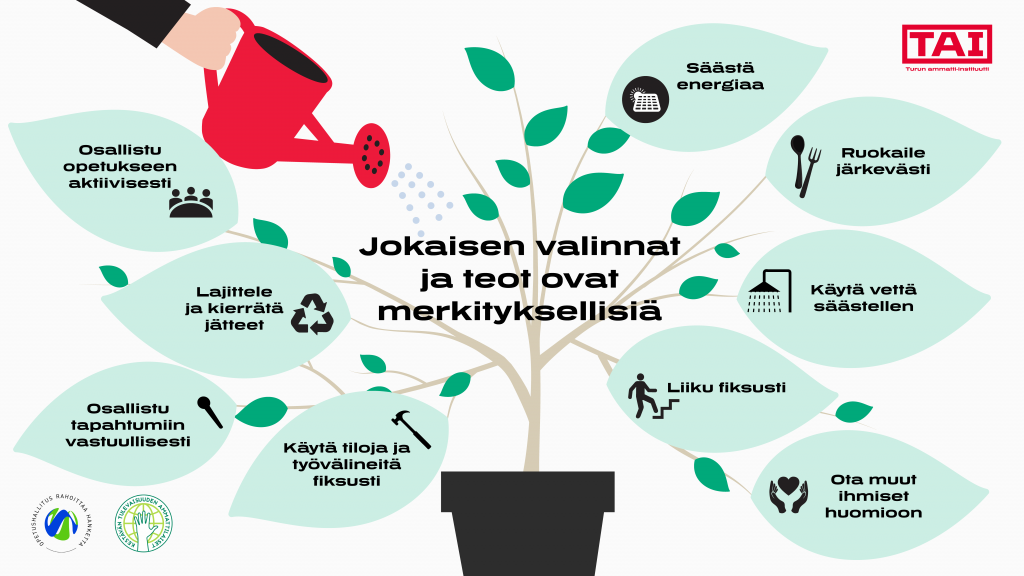
Sustainable actions in the teacher’s work
- Ensures that students learn to act in accordance with sustainability promises.
- Ensures that the sustainability perspective is taken into account in all teaching.
- Ensures that they personally and their students follow the responsibility guidelines.
Sustainable actions in the instructor’s work

- Ensures that they personally and their students follow the responsibility guidelines.
Sustainable actions in catering services
- Ensures that the operations are implemented in accordance with the instructions and objectives of TAI and the City of Turku.
Sustainable actions in the management’s work
- Sets TAI’s sustainability goals.
- Instructs staff to comply with sustainability goals.
- Ensures that the unit complies with TAI’s sustainability policies.
Sustainable actions in the work of TAI’s Sustainable Development Team

- Is responsible for instilling the measures the achievement of sustainability goals requires and monitoring them.
- Gives instructions to units on sustainability issues.
- Engages in dialogue with the TAI management team, students and external stakeholders.
Sustainable actions by theme
Operating culture
- Publication and implementation of the sustainability plan and the instructions and common operating practices it entails
- Designation of a Sustainable Development Coordinator
- Designation of a Sustainable Development Team
- Introduction of sustainable development indicators
Teaching and students
- Determination of competency promises for sustainable development for all qualifications
- Introduction of uniform teaching materials for sustainable development
- Launch of sustainable development tutor and student union activities
Competency of the staff
- Creating a training path in sustainable development for the staff
- Introduction of online training on sustainability competence for the staff
- Including sustainability training in the induction of new employees
- Including the sustainability perspective in workplace instructor orientation
- Apprenticeship training as an environmental educator for teaching staff
Partnerships
- Finding sustainable development partners from different sectors and themes
- Highlighting sustainable development partnerships in communication
Carbon wisdom
- Calculating the carbon footprint
- Identifying the main sources of emissions
- Planning and implementing cost-effective emission reduction measures
Food

- Encourage students to eat school food.
- The carbon footprint of school food has been minimised: the carbon footprint of basic food is also below the average levels.
- The school food meets the national school food recommendations. It is nutritionally balanced and planned according to young people’s needs. Read more: Carbon footprint marking tells about how environmentally friendly food is | Kaarea
- School meals are free of charge for those in compulsory education.
- Avoid food waste: do not take more food on your plate than you can eat.
- Notify the kitchen of class trips or any other absences that are known in advance. This makes it easier for the kitchen to anticipate food consumption.
- Buy waste food sold at a cheap price at the school cafeteria after lunchtime.
Transport
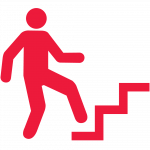
- If possible, commute using your muscles or public transport.
- Favour carpooling with colleagues coming from the same direction.
- Remember the bike helmet!
- In the dark season, remember to use lights and reflectors. When it is slippery, use anti-slip devices in your footwear.
- Encourage students to walk, cycle and use public transport.
- Follow traffic rules. You can review the right-of-way rules, for example, on the website of the Finnish Road Safety Council .
Energy and water

- Keep the temperature of working premises at 20–22°C.
- Monitor workplace temperatures and report any ventilation problems and
water and heat leaks. - Do not cover thermostats with furniture or curtains. A covered thermostat does not detect the actual room temperature or adjust the valve correctly.
- Ventilate quickly using draught if the air conditioning system allows it.
- Reduce the need for cooling in summer by using curtains when it is sunny outside and by ventilating on the shady side of the building.
- Turn off the lights in rooms left empty.
- Turn off any unused devices.
Waste management

Waste generated in teaching is sorted in accordance with waste management regulations as part of teaching:
- Teachers and students are responsible for sorting and emptying waste containers
- Cleaners empty the containers for burnable waste
Waste generated in break rooms is sorted according to waste management regulations:
- Cleaners empty burnable waste, biowaste, glass and metal
- Users empty other waste containers
Waste management instructions
Select your field or target from the icons below. Click the image to download the waste management instructions you need. The instructions can be printed out on the wall for everyone to see (available in Finnish only).
Organising events
 Please, observe the instructions for sustainable event organisation in all TAI events:
Please, observe the instructions for sustainable event organisation in all TAI events:
Selecting the venue
- When selecting the venue, pay attention to good accessibility by public transport or bicycle or on foot.
- Consider accessibility issues when selecting the venue.
- Make sure that arrangements have been made for disabled parking near the main entrance.
Invitations and communication
- In the invitation, provide information on which are the most convenient public transport lines/departures to take to the venue. Encourage participants to use public transport or come on foot or by bicycle.
- Communicate clearly if the event is accessible and remember to mention if the venue is not accessible to all.
- Remember to provide clear guidance at the venue. Take also care that the signs are in distinctive colours.
Catering
- In catering, favour climate-friendly, healthy products produced locally.
- Minimise waste and sell or donate excess food where possible.
- Avoid using disposable dishes and provide tap water instead of bottled water.
Waste management
- Minimise waste generation: avoid disposable products and avoid distributing unnecessary materials to participants.
- Enable sorting of waste and guide participants in sorting.
Summary: actions
- Remember that even small actions matter! Choose the actions that suit you and implement them. You do not need to save the whole planet at once or by yourself.
- Make sure that you follow TAI’s sustainability guidelines yourself and guide and instruct others as well.




